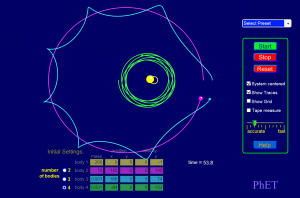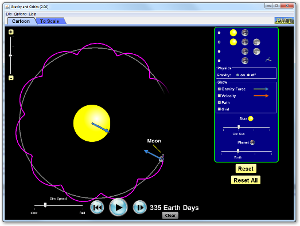You must complete at least one question from each unit. 9/16 total questions must be answered, with most answers taking 1-2 paragraphs. Each question is worth 15 points.
Submit to me as a shared Google Doc from a Google Drive folder.
UNIT 1
1. Comment on the evolution of astrology to astronomy over the past 2000 years, using evidence from at least three astronomers.
2. Explain the significance of the Zodiac, the 88 accepted constellations, and the polar stars to helping us in understanding of Earth's place in the universe.
UNIT 2
3. Why are the phases of the moon a type of time clock? Give three examples of how this could benefit you in the wilderness if the moon wasn't new and wasn't full.
4. Why bother to study other planets in our solar system and beyond?
5. How does our Sun function and create energy for us to live? What ramifications does that have for Earth?
UNIT 3
6. Why is Galileo's telescope and discoveries using it (the moon, the sun, and the moons of Jupiter) such a turning point for science, and what did he find with each discovery?
7. What have large space telescopes (Chandra, Spitzer, Hubble, SOHO, GOES) told us, and what should be done about such telescopes in the future?
8. What is the role of ground-based telescopes like SDSS and VLAO in the study of space?
UNIT 4
9. Tell me about galaxies and their significance in the universe.
10. What is the role of mass in the life cycles of stars. Contrast at least two stars in your answer as evidence.
11. When a HR diagram is created of a neighborhood cluster of stars, what is it telling me about that region of space?
UNIT 5
12. How does the concept of spectral lines and red-shifting affectour understanding of planets, galaxies, and the universe as a whole? Edwin Hubble must be included in your answer.
13. What is the likelihood of discovering alien life, based on our research towards finding new planets, our understanding of the Drake equation, and the interstellar missions we have undertaken?
14. Think of the contributions of Einstein: E=mc^2, general relativity, special relativity, and the photoelectric effect, and suggest ways each has affect the study of astronomy.
UNIT 6
15. Space is honking big. So is the ability of human beings to understand it. What critical thinking skills have you gained in this class to help you move forward in your future studies?
16. Throughout this class, we have experienced the concept of science as a human endeavor, where fallible people do their best to help advance the cause of science, often with surprising benefits. Skeptics still remain, and a manufactured conflict between some factions in religion and science remains. What can you do about that as you move into your life as a literate science citizen.



